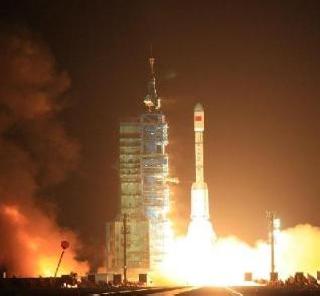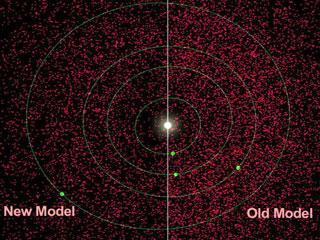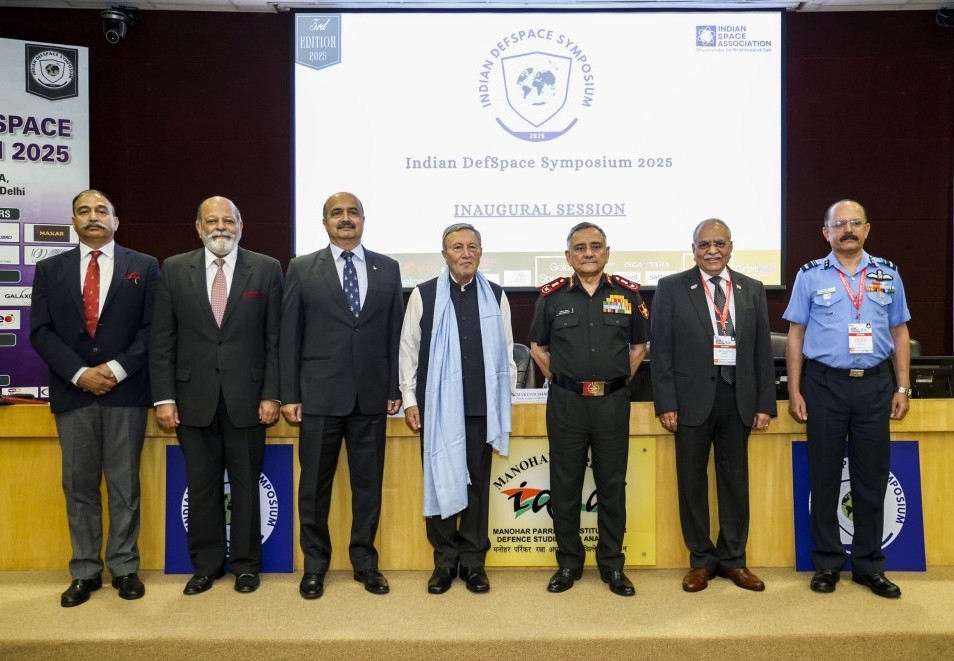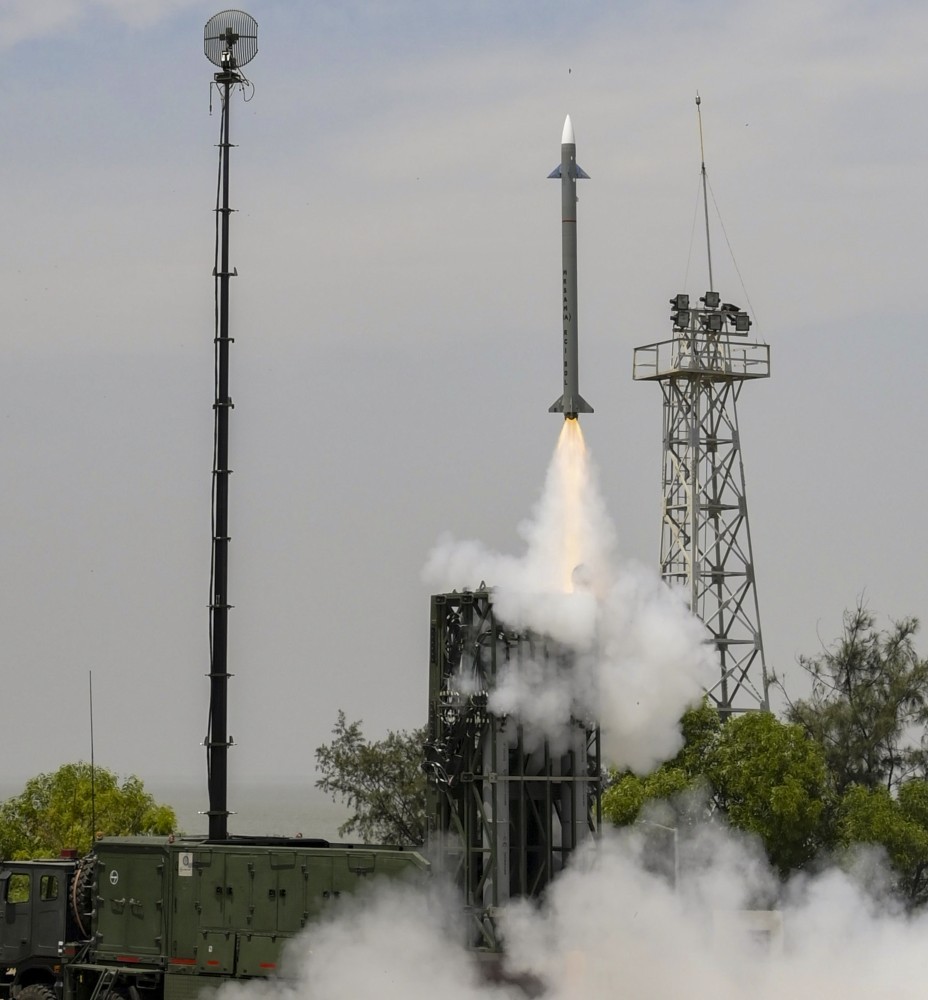
China's Long March-2FT1 blasts off with the Tiangong-1 space module. A Xinuha photo.
BEIJING (BNS): China's ambitious space programme soared high on Thursday with the successful launch of the country's first unmanned space lab, Tiangong-1.
The cylinder-shaped Tiangong-1, meaning 'Heavenly Palace,' blasted off at 1316 GMT Thursday from the Jiuquan Satellite Launch Centre in northwest China.
The "text book" launch was carried out by the indigenous Long March-2FT1 space rocket which placed the 8.5-tonne, 10.4 meter long module at its intended orbit, about 350 km above the Earth, in 10 minutes.
The launch was witnessed by the ruling Chinese Communist Party leadership, including President Hu Jintao and Premier Wen Jiabao.
The mission was a complete success, a military official who was in-charge of the programme, announced.
The Tiangong-1 is designed to stay in space for about two years during which three spacecraft, Shenzhou-8, Shenzhou-9 and Shenzhou-10, will dock with it. The first spaceship, Shenzhou-8, an unmanned craft, will be launched later this year for rendezvous with the space lab.
Tiangong-1 represents the first phase of China's ambitious plan to develop a manned space station, which it hopes will be fully operational by 2020.
The 60-tonne space station is expected to constitute the module, two laboratories, a cargo ship and a manned rocket.
Thursday's launch has made China as only the third country after the US and Russia to develop space rendezvous technology.
 Previous Article
Previous Article Next Article
Next Article













The Indian Air Force, in its flight trials evaluation report submitted before the Defence Ministry l..
view articleAn insight into the Medium Multi-Role Combat Aircraft competition...
view articleSky enthusiasts can now spot the International Space Station (ISS) commanded by Indian-American astr..
view article